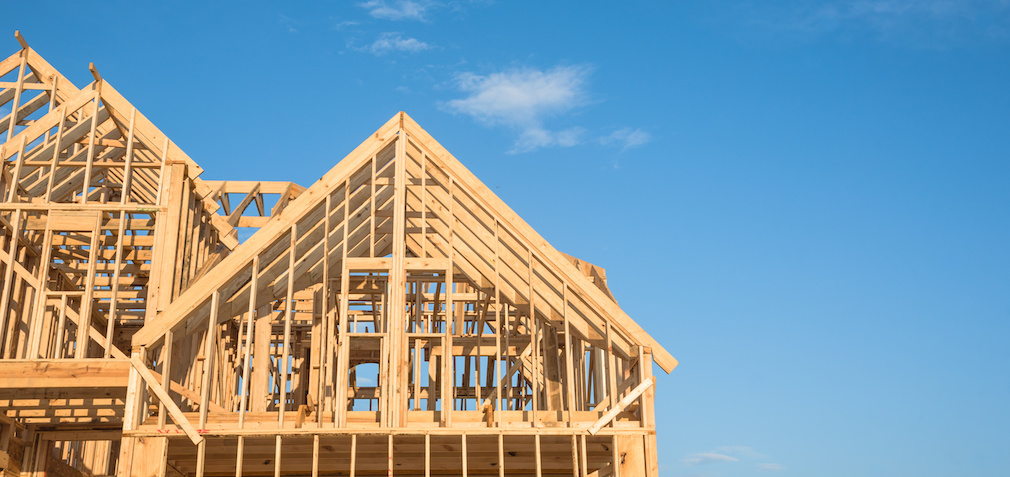Housing starts rose 3.8% in October to a seasonally adjusted annual rate of 1.314 million and the pace for September was revised upward, according to the Department of Housing and Urban Development and the Department of Commerce.
While household construction is on the rise, Mark Fleming, First American’s chief economist, said homebuilders are yet to construct enough homes to meet demand.
“Low mortgage rates, rising household income and a surge in household formation among Millennials have significantly boosted demand for housing over the past year,” Fleming said. “However, we have underbuilt new housing relative to demand for years. Building will have to exceed household formation for a number of years to reduce the housing stock “debt” we have accumulated.”
Single-family starts grew 2% from last month to 936,000 units while multifamily starts climbed 6.8% to 362,000 units, according to the report.
Single-family completions increased 4.5% to a rate of 897,000, while multifamily completions surged 27.3% to 354,000.
Overall, permits rose 5% to a seasonally adjusted annual rate of 1.461 million, which is 14.1% above the October 2018 rate of 1.281 million. Single-family permits increased 3.2% to 909,000 and multifamily permits grew 6.1% to 505,000.
At 1.46 million units on an annualized basis, housing permits are nearly to the level needed for the country over the long haul, said National Association of Realtors Chief Economist Lawrence Yun. Since new home construction kicks off the chain reaction of people buying new and selling their existing homes, more housing inventory is likely to show up in the market next year, he said.
“Permits are just paper, while housing starts are shovels in the ground — and permits generally lead starts. At the moment housing starts have made a gain, though not as dramatically,” Yun said. “At 1.31 million units in October, they are still a bit light compared to the demand for housing.”
However, Yun said directionally, it is still good news as October’s figures are 8.5% higher than a year ago.
“This growth is also contributing to broader GDP growth and therefore diminishes the chances of an economic recession in 2020,” Yun said. “Let’s root for even greater production in the upcoming months.”






